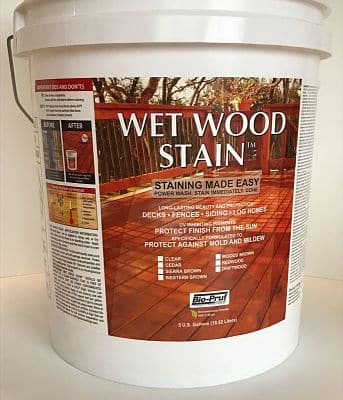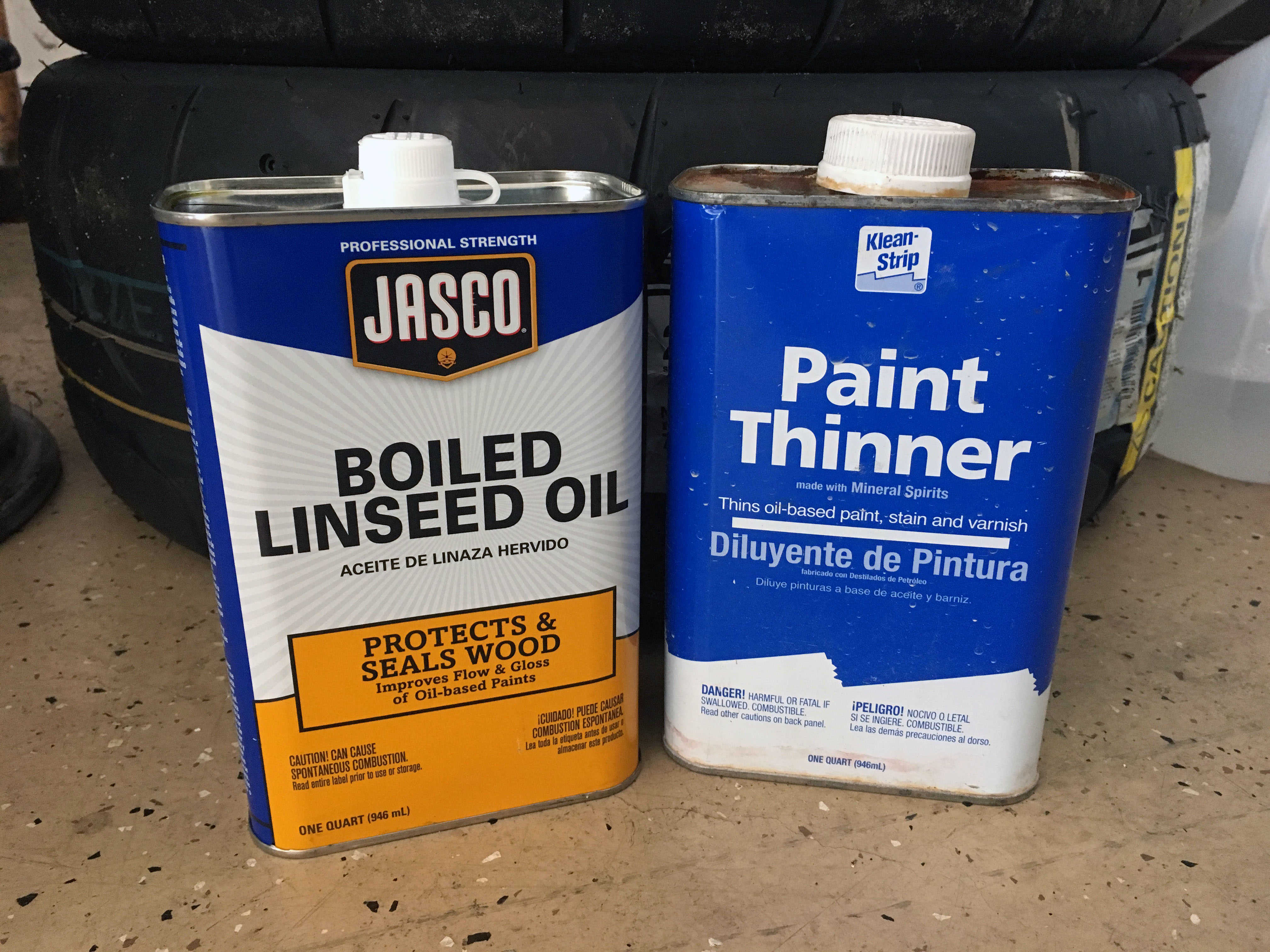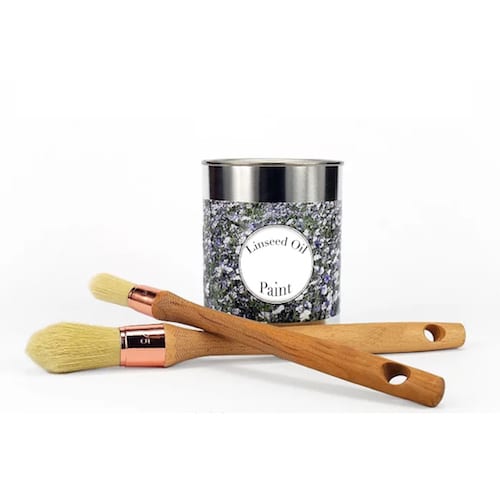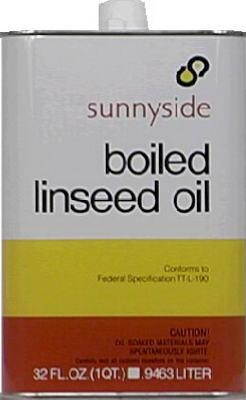Raw Linseed Oil For Vinily Siding
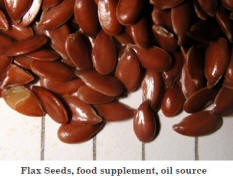
Raw linseed oil can take up to a week to dry but the drying time can be significantly reduced by oxidizing it or adding metallic thinners a process known as boiling.
Raw linseed oil for vinily siding. Raw vs processed linseed oil. The difference is that the boiled linseed oil is the only one that dries. Keep any rags or papers you use to apply the oil in a metal container filled with water. The primary trouble in using linseed oil is that raw linseed oil takes a long time to cure up to two weeks in a dry well ventilated area and ultimately a couple of months if it is applied to surfaces that are exposed to extreme heat cold or high humidity.
The bottom line is that pure linseed oil can be very difficult to work with particularly in a case where it is a wood floor or deck. Linseed oil is highly flammable and its drying process releases heat. Do you know what the difference is between boiled linseed oil and raw. The raw one does not dry.
You should limit its use to the insides of wood gutters chopping blocks sawhorses and other items exposed to the elements where drying time is not a consideration. Once the 48 hours have elapsed return and apply. Step 4 add a second coat. Restoring vinyl siding with linseed oil.
For oil based paints slow drying is a benefit since this allows the paint to. Cabot 140 007 semi transparent deck siding low voc stain gallon redwood. Was she using boiled or was she using raw linseed oil. Raw linseed oil dries very slowly taking weeks to fully cure.
And so for a siding sealing material for an exterior finish you use boiled linseed oil.














